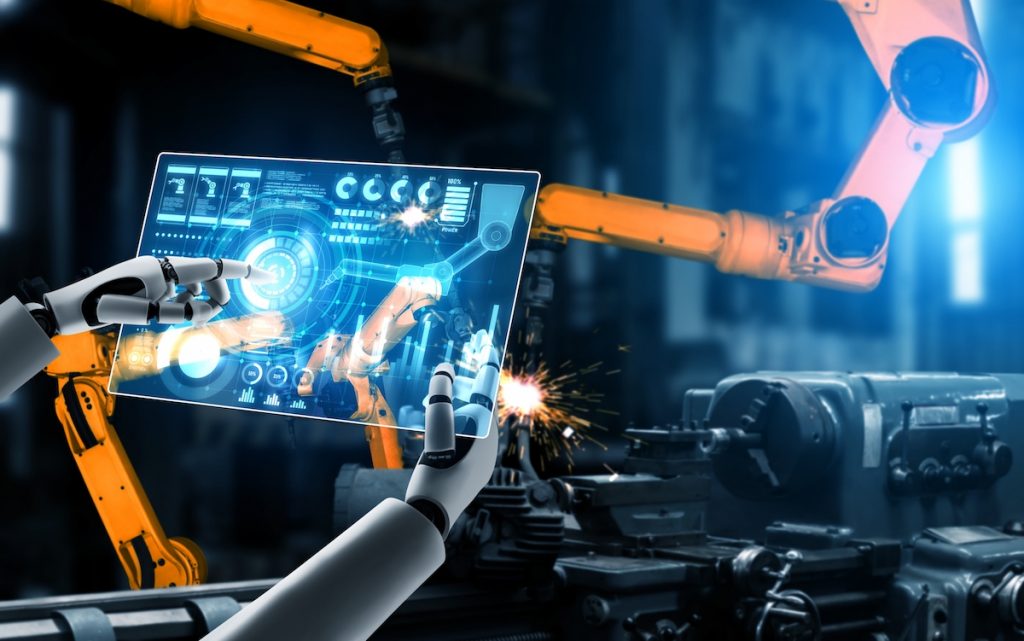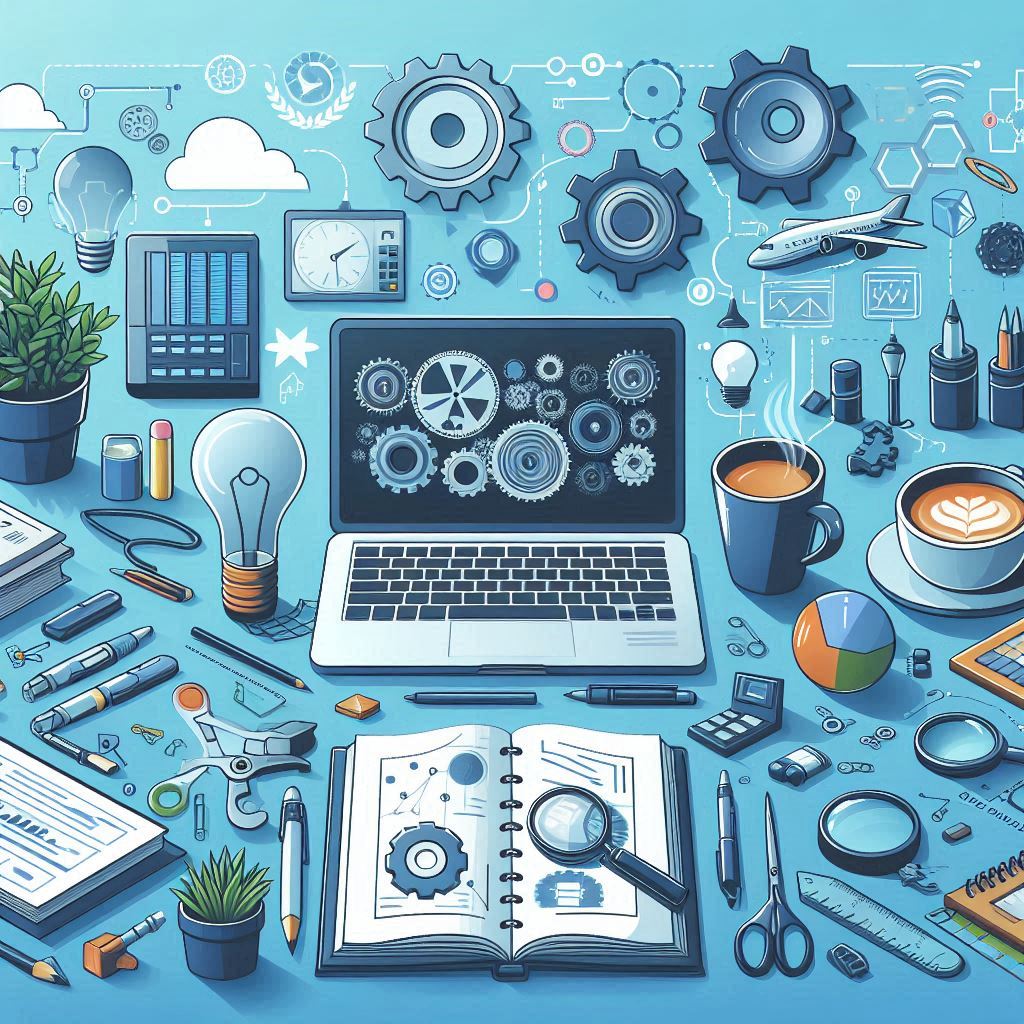Augmented Reality (AR) is a fascinating blend of the digital and physical worlds, where virtual elements seamlessly merge with our surroundings. As technology advances, the synergy between AR and artificial intelligence (AI) has become increasingly powerful. In this article, we’ll explore how AI transforms AR and delve into various applications and use cases that demonstrate their combined potential.
1. Object Labeling: Enhancing Real-World Perception
Object labeling lies at the heart of AR experiences. By leveraging machine learning classification models, AR systems can identify and label physical objects in real time. Imagine pointing your smartphone at a car engine, and instantly seeing labels identifying each component. Volkswagen’s Mobile Augmented Reality Technical Assistance (MARTA) exemplifies this—providing mechanics with detailed information about vehicle parts and repair instructions.
2. Object Detection and Recognition: Bridging the Virtual and Physical
Object detection and recognition take AR a step further. Convolutional neural networks (CNNs) analyze camera frames to estimate object positions and boundaries. Once an object is detected, AR overlays digital content onto the physical world. Consider IKEA Place, an ARKit application that scans your room, measures surfaces, and suggests furniture placements. It’s like having a virtual interior decorator at your fingertips.
3. Text Recognition and Translation: Breaking Language Barriers
Text recognition and translation combine AI’s Optical Character Recognition (OCR) with language translation engines. Picture this: you’re exploring a foreign city, and your AR glasses instantly translate street signs and menus. Google Translate already offers this functionality, making travel more accessible and engaging.
4. Navigation and Wayfinding: AR as Your Personal Guide
Navigating complex environments becomes effortless with AI-powered AR. Whether you’re exploring a museum or a sprawling airport, AR overlays directional cues, points of interest, and interactive paths. Think of it as having a friendly digital guide who whispers, “Turn left here for the best gelato!”
5. Medical Visualization and Training: Precision in Healthcare
In healthcare, AI-enhanced AR assists in diagnostics, surgery planning, and medical education. Surgeons can visualize patient-specific data during procedures, improving precision. Medical students can dissect virtual cadavers, gaining insights without the scalpel.
6. Retail and Try-Before-You-Buy: Virtual Fitting Rooms
Retailers embrace AR to enhance customer experiences. Virtual fitting rooms allow shoppers to “try on” clothes virtually, eliminating guesswork. Want to see how those sneakers look with your outfit? AR lets you visualize it without changing a single shoe.
7. Industrial Maintenance and Repair: AR for Technicians
Technicians benefit from AR-guided maintenance. Imagine an aircraft mechanic wearing AR glasses that highlight critical components and provide step-by-step repair instructions. Efficiency soars, and downtime shrinks.
8. Entertainment and Gaming: Immersive Adventures
From Pokémon GO to Snapchat filters, AR gaming captivates millions. AI algorithms enhance game mechanics, adapt to player behavior, and create dynamic experiences. The line between reality and fantasy blurs, and we chase digital creatures in our own neighborhoods.
9. Architecture and Design: Visualizing Spaces
Architects and interior designers use AR to visualize building designs. Walk through a future office layout, adjust furniture placement, and assess lighting—all before construction begins. It’s like having X-ray vision for blueprints.
10. Social AR: Fun Filters and Shared Experiences
Snapchat’s quirky filters and Instagram’s AR effects are part of social AR. AI algorithms recognize faces, track movements, and overlay playful animations. Suddenly, we’re all cats with flower crowns or astronauts floating in space.
Conclusion: A Dynamic Duo
In the ever-evolving dance between AI and AR, possibilities abound. These technologies amplify each other, creating a dynamic duo that reshapes how we perceive and interact with our world. So, whether you’re fixing a car engine, exploring a foreign city, or catching digital Pokémon, remember: AI and AR are your partners in this augmented adventure.
FAQs
-
Is AR only for entertainment? Not at all! While AR gaming is popular, its applications extend far beyond entertainment. From healthcare to retail, AR enhances various aspects of our lives.
-
Can AI make AR more accurate? Absolutely. AI improves accuracy by analyzing vast amounts of data and adapting in real time. It’s like having a smart companion guiding your AR journey.
-
How do I get started with AR development? Start by learning about AR frameworks (like ARKit or ARCore) and explore tutorials. Experiment, iterate, and create—it’s a fascinating field waiting for your creativity.
-
What’s the future of AI-AR fusion? The future holds even more seamless integration. Imagine AR glasses that recognize emotions or AI-driven holograms interacting with us. Exciting times ahead!








